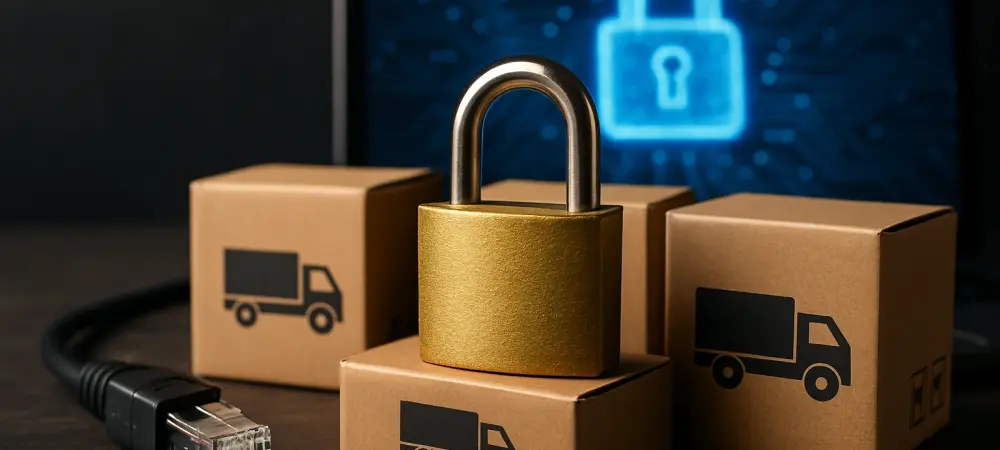The advancing complexities of global relationships and technology have thrust defense supply chain security into the spotlight. A diverging confluence of geopolitical dynamics and technological paradigms emphasizes its critical importance today. More than ever, securing defense supply chains from intrusion and vulnerability is vital for national integrity, especially as potential weaknesses carry profound implications.
Emerging Challenges in Defense Supply Chain Security
Supply chain security within the defense sector is of monumental importance as it directly impacts national security and military efficacy. Increased geopolitical tensions have brought awareness of vulnerabilities within defense supply chains, underscoring potential risks. As defense systems grow more complex, the diversification and global spread of supply chains invite new security challenges. The persistent potential for adversaries to exploit these vulnerabilities necessitates rigorous, proactive security measures.
Integral Dynamics of Defense Supply Chains
Strategic Influence of Major Contractors
Major contractors, like Microsoft, play pivotal roles in shaping and securing defense supply chains. As these entities manage critical military networks and systems, they wield significant influence over defense operations. Their expertise and technology can bolster security, yet they also present potential weaknesses that require vigilant oversight. Dependence on these contractors necessitates a comprehensive examination of their security protocols to ensure the defense infrastructure’s integrity is uncompromised.
Role of Chinese Involvement
The involvement of Chinese personnel in U.S. defense supply chains presents a contentious issue, evoking security concerns. The presence of non-native personnel within sensitive areas increases the risk of confidentiality breaches and complicity in malicious activities. This aspect calls for stringent scrutiny to guarantee secured operational environments. Evaluating the extent of potential vulnerabilities from foreign influences remains paramount for maintaining operational integrity and safeguarding national interests.
Current Trends and Developments
Recent years have seen heightened scrutiny over defense supply chain security, spurred by significant incidents and congressional awareness. The call for robust regulatory measures illustrates an understanding of the rising threat landscape. As contractors face growing pressure to adapt to higher security standards, dialogue around strict regulatory frameworks intensifies. The ongoing evolution in policy responses reflects efforts to mitigate insider threats and reinforce national defense systems against emerging risks.
Implementation of Supply Chain Security in Defense
Supply chain security principles now form the backbone of modern defense strategies. Key military projects implement comprehensive security protocols to navigate complex challenges. Departments actively channel resources into fortifying supply chains, ensuring every potential weak link is addressed and mitigated. Iterative improvements in security applications demonstrate a commitment to maintaining the upper hand in safeguarding military interests.
Persistent Challenges and Operational Constraints
Despite earnest measures, defense supply chains confront numerous challenges, both technical and administrative. Ensuring security across a vast network of entities marks a monumental task due to the multifaceted nature of modern supply chains. Even with advanced detection tools, uncovering malicious activities continues to pose difficulties. The necessity of robust oversight collides with bureaucratic red tape, hampering adaptive responses to emerging threats.
The Future Landscape of Defense Supply Chain Security
As the defense sector progresses, the imperative to secure supply chains continues to evolve with technological advancements and policy shifts. Upcoming regulatory changes are likely to shape international collaboration, steering efforts toward more secure frameworks. The defense community anticipates adopting cutting-edge technologies to refine detection and prevention mechanisms, paving the way for fortified global defense networks.
Conclusion
In the wake of rapid technological progression and global interconnectedness, defense supply chain security has found itself at the center of national discussion. The evolution in policy, scrutiny, and engagements marked a transitional period aimed at mitigating inherent supply chain risks. The focus on regulatory adaptations, coupled with the integration of sophisticated technologies, highlighted a proactive approach to safeguarding defense infrastructures. These steps laid the groundwork for securing future defenses while fostering resilient international cooperation.

